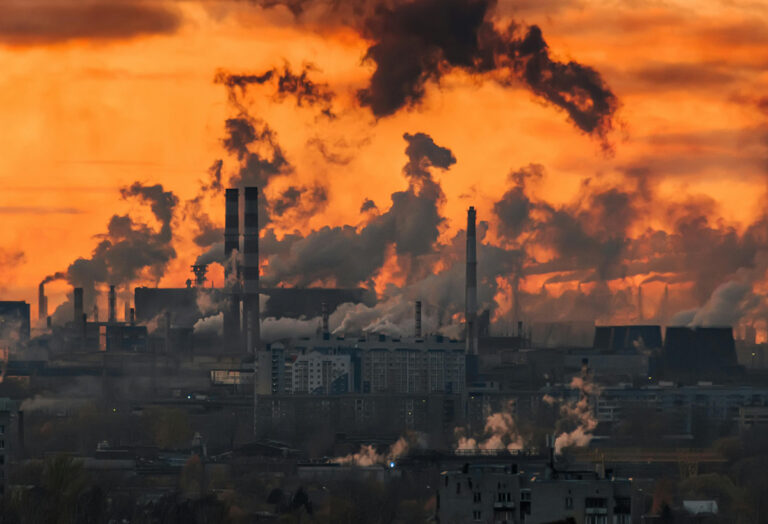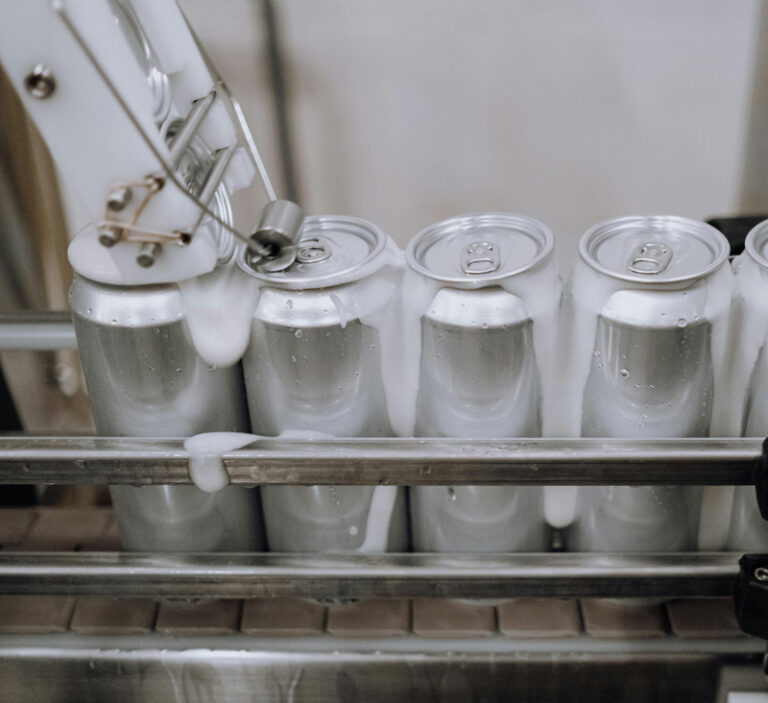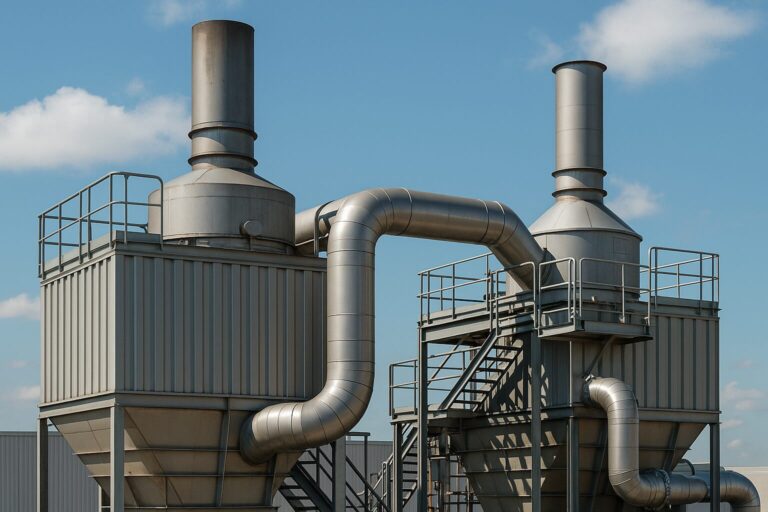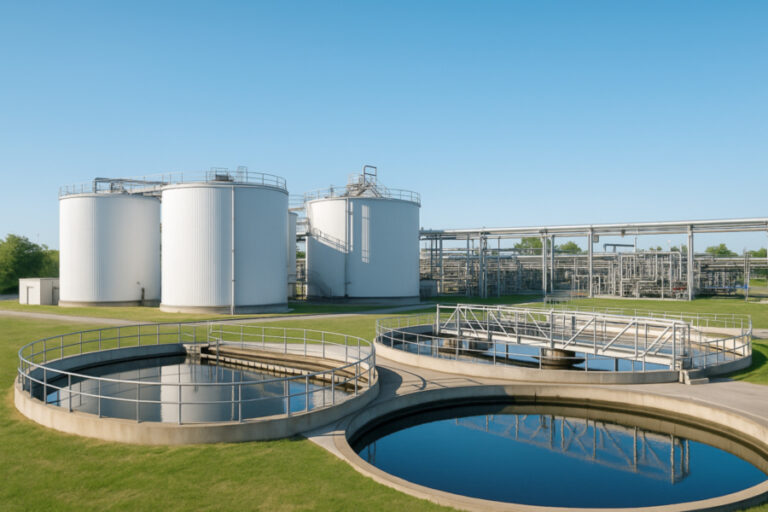EU wastewater regulations 2025 are set to reshape industrial compliance strategies across Europe. These changes require industrial facilities to proactively adapt their wastewater management practices to meet stricter discharge limits and environmental performance standards. This article outlines the regulatory updates, their implications, and actionable recommendations for staying ahead.
The Need for Stricter Regulations
European water bodies are under considerable pressure due to industrial pollutants, impacting biodiversity, drinking water safety, and ecosystem stability. The European Water Framework Directive (WFD) enforces stringent water quality standards to restore and protect aquatic ecosystems.
These evolving EU wastewater regulations 2025 align with the Paris Agreement and the United Nations Sustainable Development Goals (SDGs). Wastewater management is central to achieving these broader environmental and climate targets.
Increased restrictions on sludge disposal and land use are driving industries toward onsite treatment solutions. Public awareness and expectations for transparency further pressure facilities to act responsibly. Non-compliance can result in legal, financial, and reputational risks.
At the same time, European governments are tightening oversight and investing in inspection systems to enforce compliance. This means industries not only need to meet the standards but must also demonstrate accountability through reporting, audits, and traceability. Industrial stakeholders must now consider wastewater as a strategic resource stream that demands active management, not just treatment.
Key Regulatory Updates
Urban Wastewater Treatment Directive (UWWTD)
The revised Urban Wastewater Treatment Directive (UWWTD) mandates energy-neutral treatment plants by 2045 and tighter pollutant limits, including nitrogen, phosphorus, pharmaceuticals, and microplastics. Industrial dischargers must reduce concentrations of COD, BOD, and TSS before municipal discharge, funding advanced treatments under the “polluter pays” principle. These measures aim to reduce the burden on public infrastructure and ensure that industries internalize the cost of pollution.
Industrial Emissions Directive (IED)
The updated IED promotes adoption of Best Available Techniques (BAT) to minimize emissions. Tighter controls on hazardous substances and real-time monitoring are now required. Citizens gain stronger legal protections against pollution. For industries, this means implementing precise pollutant tracking, updating permits, and integrating BAT into operational routines with documented performance results.
Circular Economy Action Plan (CEAP)
Part of the EU Green Deal, the CEAP promotes water reuse, sludge reduction, and resource recovery. Industrial operations are encouraged to integrate water recycling systems and minimize waste. This shift aligns industrial goals with ESG metrics and long-term economic resilience, especially in water-scarce regions where reuse can offer cost and resource stability.
Microplastics and Emerging Contaminants
EU wastewater regulations 2025 aim to reduce microplastic emissions by 30% by 2030. Advanced wastewater technologies must be implemented to remove microplastics and pharmaceutical residues effectively. Emerging technologies such as membrane bioreactors, advanced oxidation processes, and electrochemical treatments are increasingly necessary for compliance and innovation leadership.
Sludge Management Restrictions
The updated Sewage Sludge Directive tightens chemical thresholds for agricultural use and limits landfill options. Onsite sludge minimization and incineration become necessary for industries handling toxic substances. This requires not only technical investment but also strategic planning for sludge logistics, residue handling, and material valorization wherever possible.
Recommendations for Proactive Compliance
Invest in Modular Wastewater Treatment
Modular systems adapt to evolving standards and offer scalability, reducing long-term costs while ensuring flexibility and compliance. These systems are particularly useful for multi-site operations and seasonal or variable production facilities.
Adopt Best Available Techniques (BAT)
Using BAT ensures lower pollutant output, simplifies compliance, and improves operational efficiency. Facilities should conduct periodic BAT assessments and integrate continuous improvement into environmental management systems.
Implement Circular Water Strategies
Circular economy principles like water reuse and waste reduction lower environmental impact and improve resource use. Rainwater harvesting, greywater reuse, and closed-loop cooling water systems are strategies increasingly validated under EU frameworks.
Apply Advanced Contaminant Treatments
Facilities should install technologies specifically designed for removing microplastics, pharmaceuticals, and emerging pollutants. Investing in these capabilities builds resilience against future regulatory tightening and reinforces stakeholder trust.
Partner with Specialist Providers
Working with experts helps navigate technical complexity, stay compliant, and access the latest innovations. Strategic partnerships also enable better integration of compliance solutions within core business operations and corporate sustainability frameworks.
Learn more about how we support industrial facilities in achieving compliance through our wastewater treatment services.
Conclusion
EU wastewater regulations 2025 signal a shift toward environmental responsibility and regulatory precision. By aligning with new directives and investing in advanced solutions, industrial facilities can ensure compliance, drive sustainability, and strengthen their role as environmental leaders in Europe. Those that act early will reduce legal and operational risk while improving long-term value.










